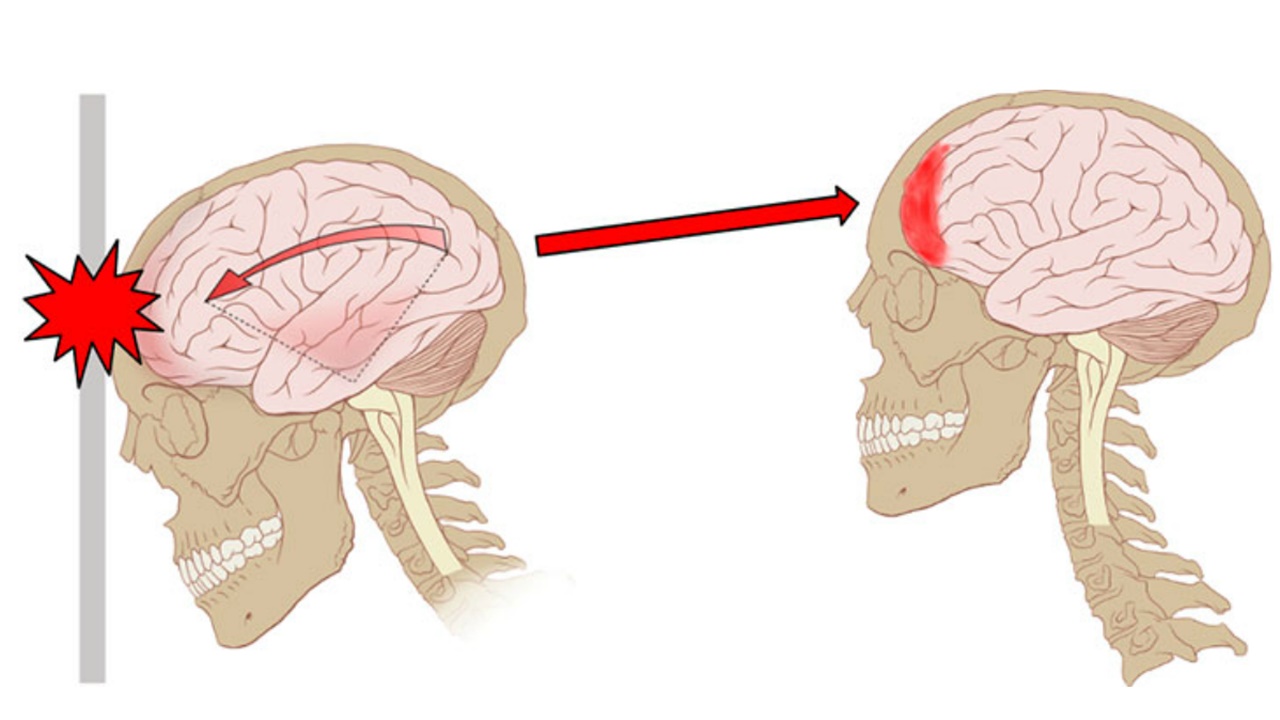After the earthquakes that took place in southeast Turkey, those who experienced the earthquake and witnessed it, we were very affected by this situation. However, there is another risk group that we have forgotten and is likely to experience acute trauma. They are also professionals who work with earthquake victims, namely health workers, AFAD officers, miners, etc.
A traumatic event such as an earthquakeDoes it have the same effect on everyone who witnessed the event? Before moving on to the answer to this question, let’s first look at what we mean by a traumatic event.
To DSM-5 in the Diagnostic and Statistical Manual of Mental Disorders “The individual’s actual exposure to events such as life-threatening, injury, sexual assault, or his return from the brink, witnessing such events, or the occurrence of such an event to a relative traumatic experiences is recognized as such.”
In the case of trauma, the events are felt as if they are happening again.
person in trauma become overstimulated may enter and feel in extreme fear, helplessness, dread and withdraw. This situation can show itself in the daily life of the person, or the person can see it in a dream. The event may feel as if it is happening again and the person may try to avoid it (such as startle, excessive irritability, crying, screaming).
In contrast to the overstimulated state, the person has a general numbness, immobility, absent-mindedness, emotional unresponsiveness, and apathy your mood cases may occur. In more advanced cases, the person may also experience depersonalization, derealization, and dissociative amnesia.
When faced with a traumatic situation at least 2 days If the above reactions are observed during the treatment, they are evaluated by the specialist in terms of the diagnosis of acute trauma (Acute Stress Disorder). For the evaluation of the individual in terms of the diagnosis of Post Traumatic Stress Disorder (PTSD), at least 6 months These symptoms should appear over time.
Committed trauma does not result from a single exposure experience.
This concept was first used by McCann and Pearlman in 1990. working with trauma victims It was used to describe a situation observed in professionals (such as paramedics, firefighters, police, lawyers, social workers, journalists).
Based on the Constructivist Theory of Self Development in assumed traumaPersistent change occurs in a person’s cognitive schemas and beliefs. What we mean by this is that there is a change in the identity perceptions, worldviews, areas of psychological needs, beliefs and memory systems of people who experience this trauma. In order for this to occur, a single encounter with the trauma victim is not enough, the person must be exposed to it many times. Trauma undertaken in this way cumulatively arises.
It can occur in people exhausted by compassion: Secondary trauma.
Secondary trauma that shows features of post-traumatic stress symptoms, also known as compassion fatigue; It develops in people who work with a trauma survivor, such as with an assumed trauma. The difference from it is the experience with the trauma victim individual. your one experience even that is enough. Symptoms may appear suddenly. There is different information in psychology about the recovery period. While it is stated in some of the studies that the recovery will be in a short time, it has been found that this period may be prolonged in other studies with pre-test-post-test studies.
These signs should be noted:
While the person in charge is trying to help a person who is in pain, these traumas may occur in him/herself. Its symptoms are the same as those of the trauma survivor: sleep problems, arousal symptoms such as distraction and constant vigilance, as well as fatigue, sadness, hopelessness, general anxiety, social withdrawal.
It is thought that mostly young and inexperienced individuals cannot control boundaries due to intense empathy.

Collins and Long, who conducted research on this subject in 2003, explained that the reason for this situation was the feelings towards the aggrieved individual. intense sympathy and established with overidentification they think it is. Especially young and inexperienced officials may not have enough experience in how to solve the problems they encounter in their profession. When these people work with victims, they have a hard time setting appropriate boundaries between themselves because they identify with the group in question.
Note: While the concept of secondary trauma is used for the situation that can be seen in everyone who is exposed to the images of the event, the concept of undertaken trauma is used only to describe the trauma that occurs in professionals who work with the victimized individuals due to their duties.
